About the Document
Contents
Table Index
1 Introduction
1.1. The Process of Using TCP/IP AT Commands
1.2. Description of Data Access Modes
2 Description of TCP/IP AT Commands
2.1. Description of AT Commands
2.1.1. AT+QICSGP Configure Parameters of a TCP/IP Context
2.1.2. AT+QIACT Activate a PDP Context
2.1.3. AT+QIDEACT Deactivate a PDP Context
2.1.4. AT+QIOPEN Open a Socket Service
2.1.5. AT+QICLOSE Close a Socket Service
2.1.6. AT+QISTATE Query Socket Service Status
2.1.7. AT+QISEND Send Data
2.1.8. AT+QIRD Retrieve the Received TCP/IP Data
2.1.9. AT+QISENDEX Send Hex String
2.1.10. AT+QISWTMD Switch Data Access Modes
2.1.11. AT+QPING Ping a Remote Server
2.1.12. AT+QNTP Synchronize Local Time with NTP Server
2.1.13. AT+QIDNSCFG Configure Address of DNS Server
2.1.14. AT+QIDNSGIP Get IP Address by Domain Name
2.1.15. AT+QICFG Configure Optional Parameters
2.1.16. AT+QISDE Control Whether to Echo the Data for AT+QISEND
2.1.17. AT+QIGETERROR Query the Last Error Code
2.2. Description of URC
2.2.1. URC of Connection Closed
2.2.2. URC of Incoming Data
2.2.3. URC of Incoming Connection Full
2.2.4. URC of Incoming Connection
2.2.5. URC of PDP Deactivation
3 Examples
3.1. Configure and Activate a Context
3.1.1. Configure a Context
3.1.2. Activate a Context
3.1.3. Deactivate a Context
3.2. TCP Client Works in Buffer Access Mode
3.2.1. Set up a TCP Client Connection and Enter into Buffer Access Mode
3.2.2. Send Data in Buffer Access Mode
3.2.3. Receive Data from Remote Server in Buffer Access Mode
3.2.4. Close a Connection
3.3. TCP Client Works in Transparent Access Mode
3.3.1. Set up a TCP Client Connection and Enter into Transparent Access Mode
3.3.2. Send Data in Transparent Access Mode
3.3.3. Receive Data from Remote Server in Transparent Access Mode
3.3.4. Close a TCP Client
3.4. TCP Client Works in Direct Push Mode
3.4.1. Set up a TCP Client Connection and Enter into Direct Push Mode
3.4.2. Send Data in Direct Push Mode
3.4.3. Receive Data from Remote Server in Direct Push Mode
3.4.4. Close a TCP Client
3.5. TCP Server Works in Buffer Access Mode
3.5.1. Start a TCP Server
3.5.2. Accept TCP Incoming Connection
3.5.3. Receive Data from Incoming Connection
3.5.4. Close a TCP Server
3.6. Example of UDP Service
3.6.1. Start a UDP Service
3.6.2. Send UDP Data to Remote
3.6.3. Receive Data from Remote
3.6.4. Close a UDP Service
3.7. PING
3.8. Synchronize Local Time
3.9. Example of Getting Last Error Code
4 Summary of Error Codes
5 Appendix A Reference

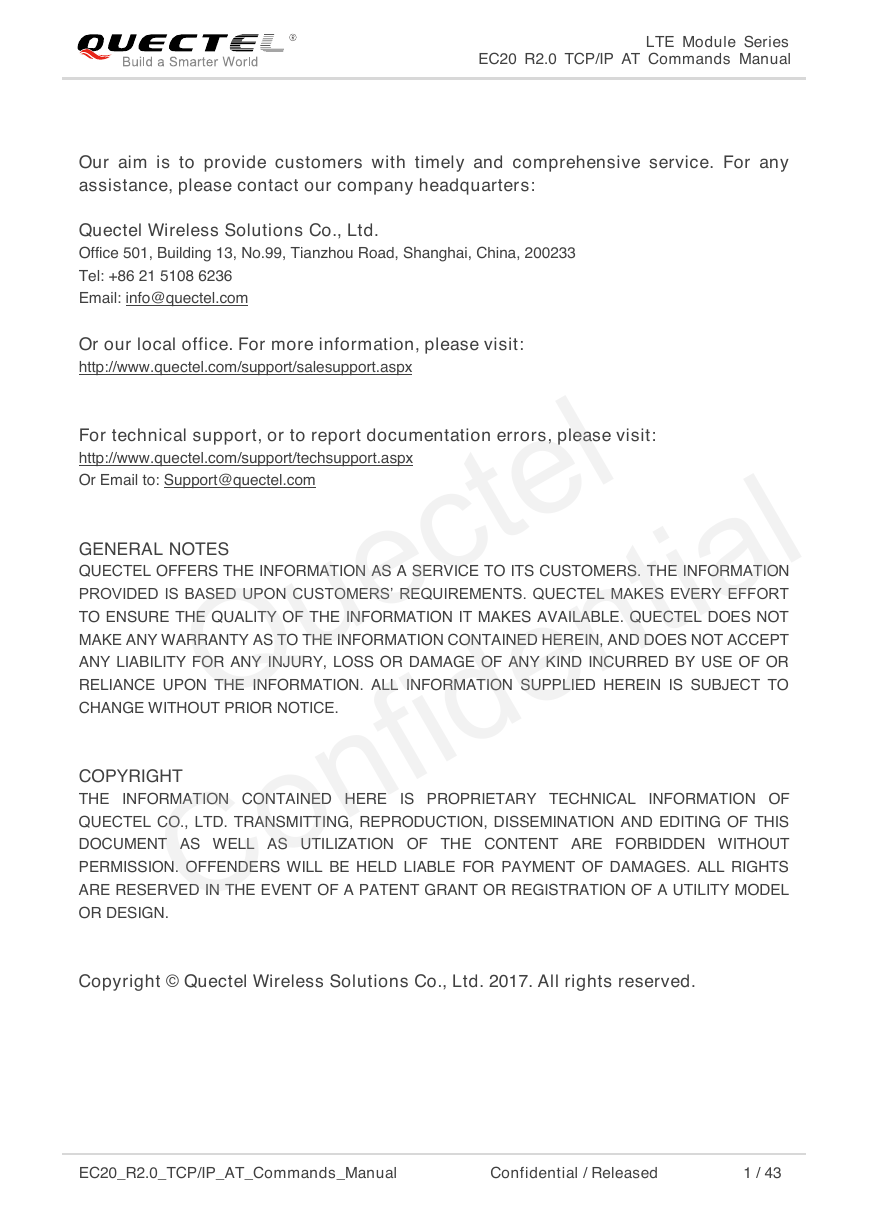
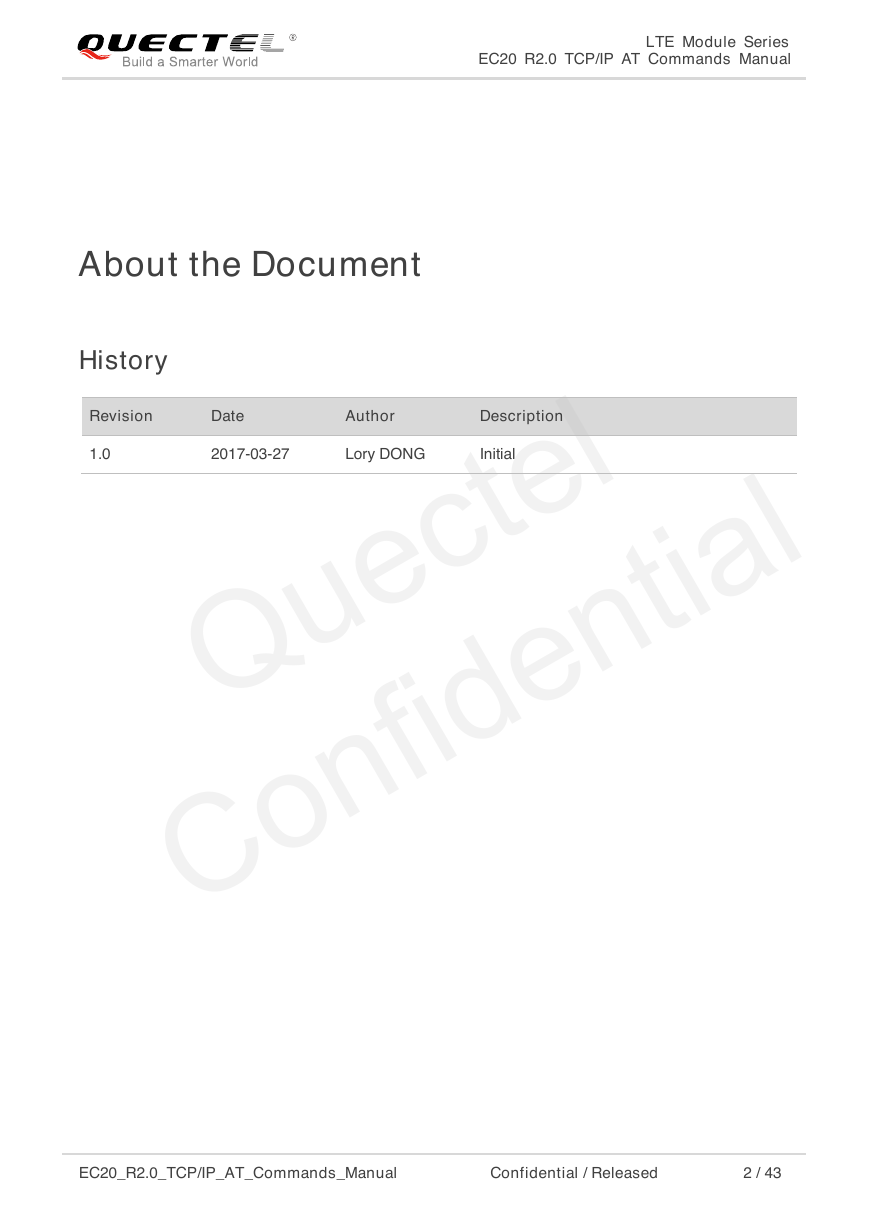
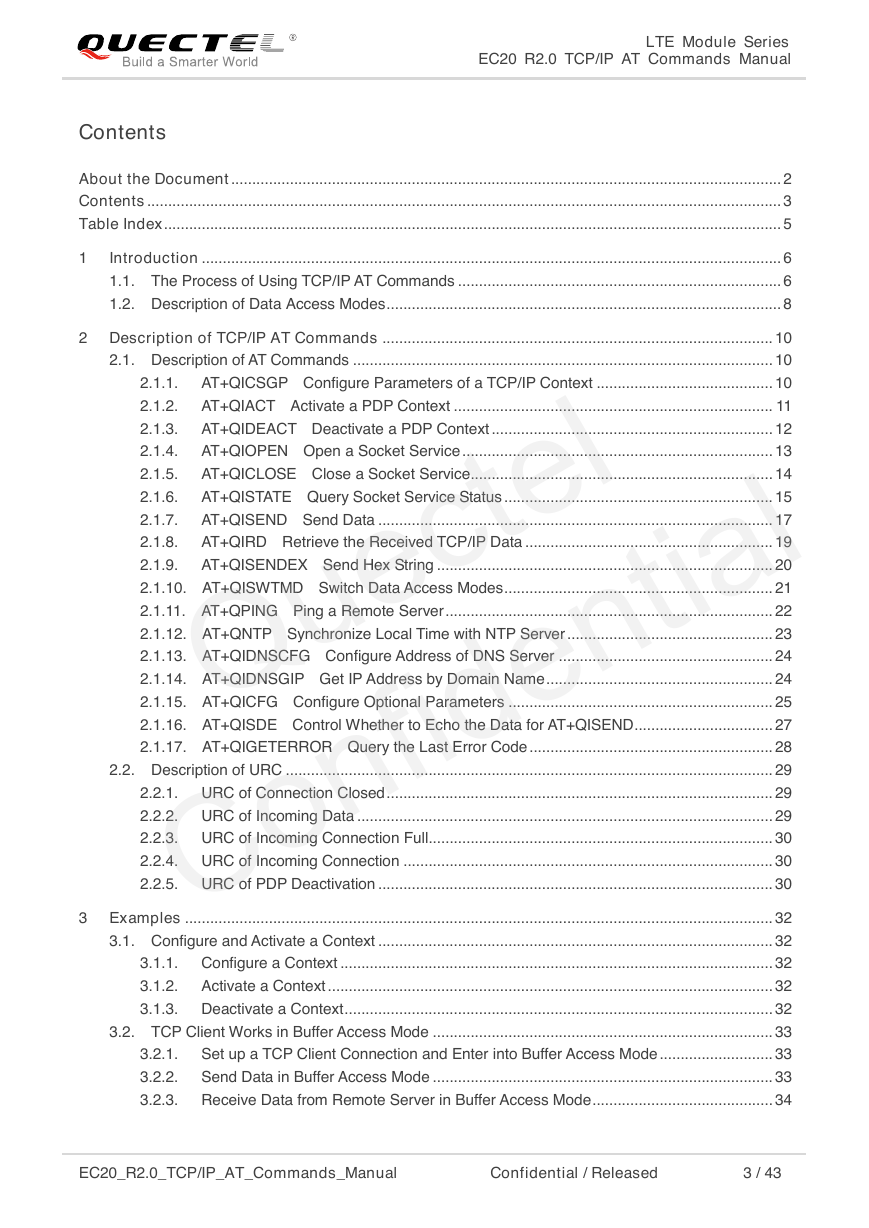
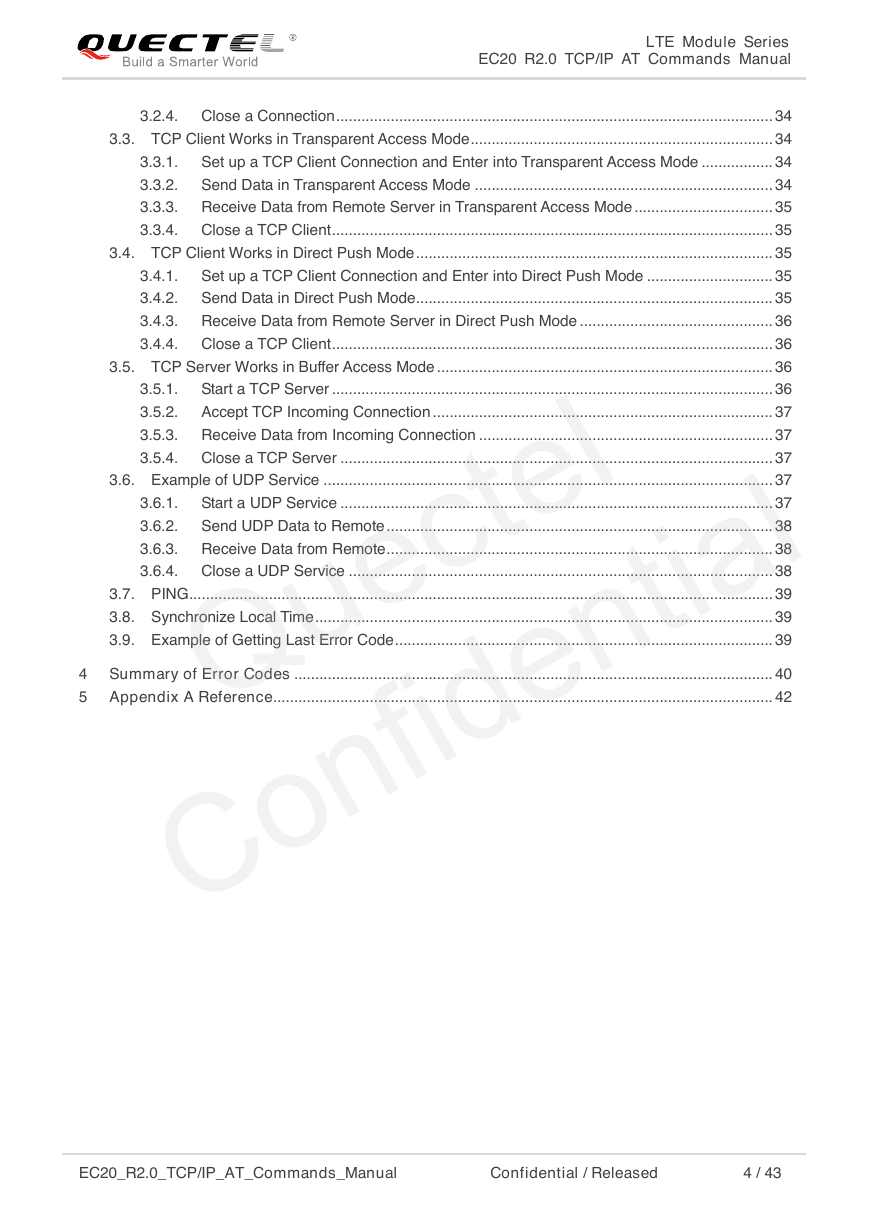

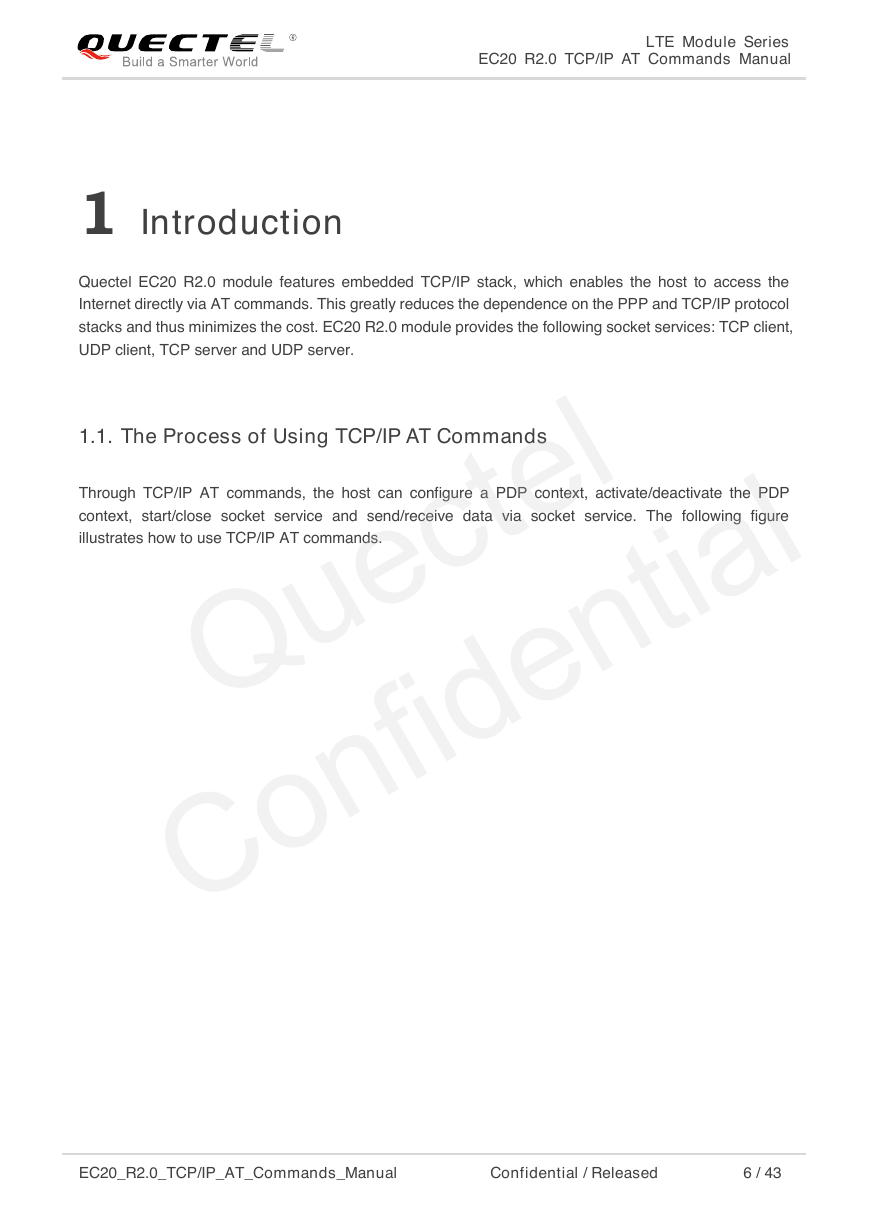
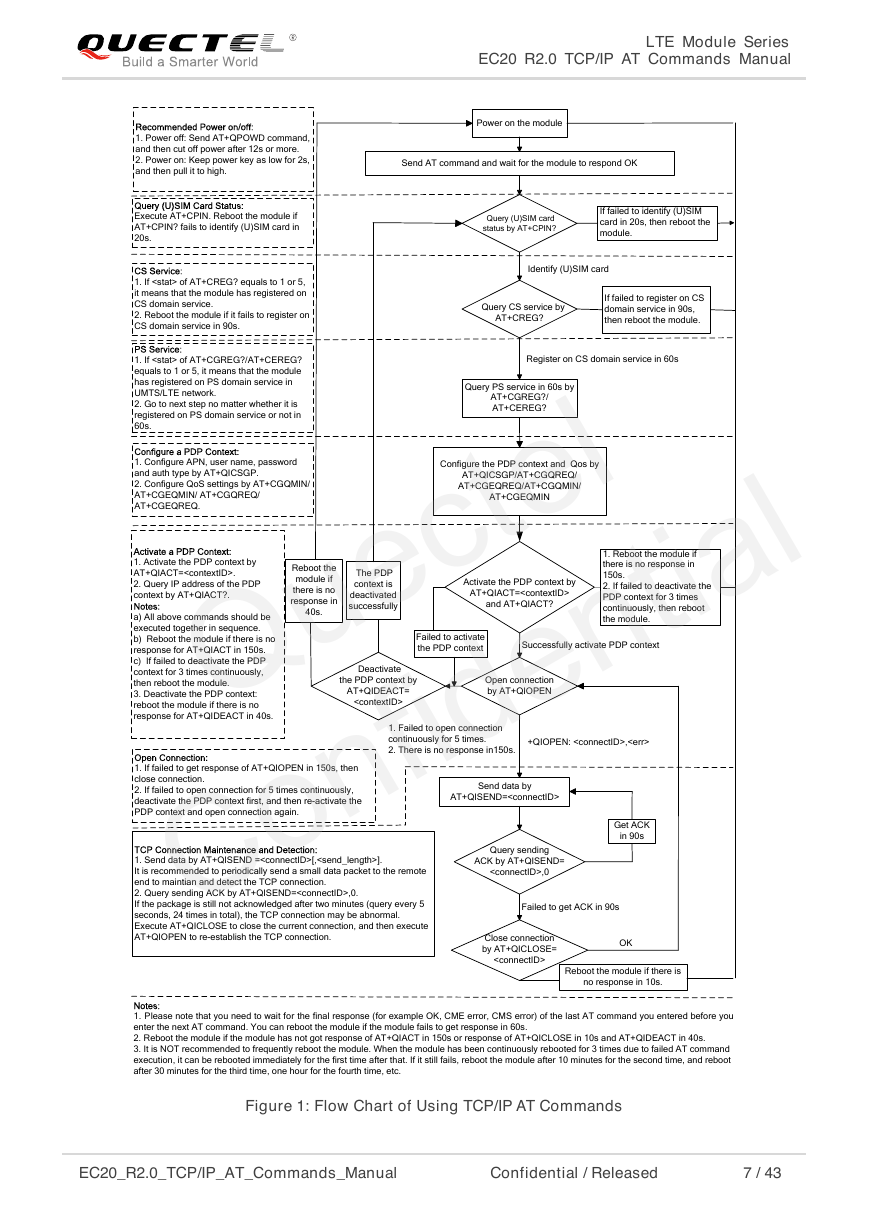








 2023年江西萍乡中考道德与法治真题及答案.doc
2023年江西萍乡中考道德与法治真题及答案.doc 2012年重庆南川中考生物真题及答案.doc
2012年重庆南川中考生物真题及答案.doc 2013年江西师范大学地理学综合及文艺理论基础考研真题.doc
2013年江西师范大学地理学综合及文艺理论基础考研真题.doc 2020年四川甘孜小升初语文真题及答案I卷.doc
2020年四川甘孜小升初语文真题及答案I卷.doc 2020年注册岩土工程师专业基础考试真题及答案.doc
2020年注册岩土工程师专业基础考试真题及答案.doc 2023-2024学年福建省厦门市九年级上学期数学月考试题及答案.doc
2023-2024学年福建省厦门市九年级上学期数学月考试题及答案.doc 2021-2022学年辽宁省沈阳市大东区九年级上学期语文期末试题及答案.doc
2021-2022学年辽宁省沈阳市大东区九年级上学期语文期末试题及答案.doc 2022-2023学年北京东城区初三第一学期物理期末试卷及答案.doc
2022-2023学年北京东城区初三第一学期物理期末试卷及答案.doc 2018上半年江西教师资格初中地理学科知识与教学能力真题及答案.doc
2018上半年江西教师资格初中地理学科知识与教学能力真题及答案.doc 2012年河北国家公务员申论考试真题及答案-省级.doc
2012年河北国家公务员申论考试真题及答案-省级.doc 2020-2021学年江苏省扬州市江都区邵樊片九年级上学期数学第一次质量检测试题及答案.doc
2020-2021学年江苏省扬州市江都区邵樊片九年级上学期数学第一次质量检测试题及答案.doc 2022下半年黑龙江教师资格证中学综合素质真题及答案.doc
2022下半年黑龙江教师资格证中学综合素质真题及答案.doc